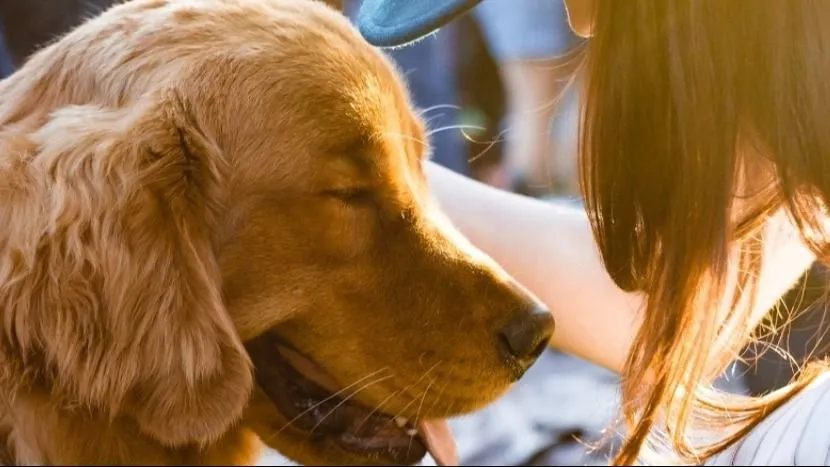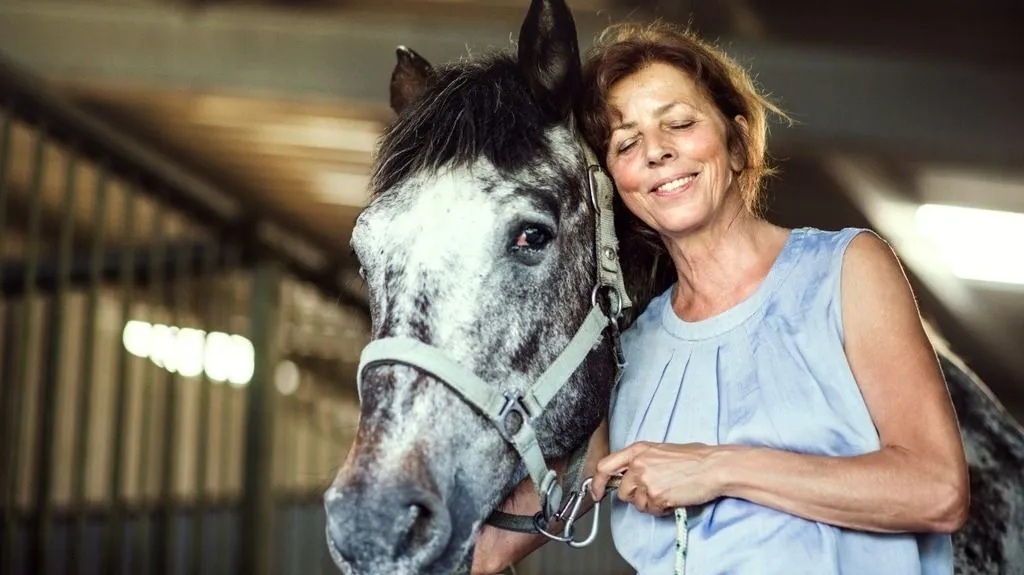July 18, 2022
FaceReader useful to improve Animal-Assisted Therapy
For several years now, the Lithuanian University of Health Science (LSMU) in Kaunas, is using the FaceReader software for scientific research within several faculties.

For example, the faculty of Food Safety and Quality took advantage of the FaceReader software to answer the question whether there is a relationship between food choice and a person’s mood?
Recently, Jovitą Lukšaitę and her team of the LSMU faculty of Animal Sciences investigated how to improve Animal-Assisted Therapy (AAT). For this research, they used FaceReader software. Again, a good example of how FaceReader empowers researchers in their work, to obtain objective data in a structured and effective way.
The Noldus research portfolio: FaceReader
Noldus empowers customers with best in class tools to ease the work of the researchers, enable them to collect data and calculate reliable results to help them discover the insights they are looking for. Working side by side with those researchers results in personal service and tailored solutions for their research needs.
FaceReader is one of those innovative tools for scientific research in areas such as communication, emotions, and all kind of interactions, like parent-child interaction, but also human-animal interaction. This article focuses on the latter.
The usefulness of Animal-Assisted Therapy (AAT)
Positive emotions, as well as the feelings of happiness, are very important factors for human mental and physical health. Within a human-animal interaction, animals such as dogs, cats, sheep, horses, and pigs can provide people with a sense of calm, comfort, or security. Moreover, they can distract the attention from a stressful situation.
Animal-Assisted therapy advocates say that developing a bond with an animal helps develop better self-esteem, stabilize emotions, reduce loneliness, and improve communication and social skills. Besides, this form of therapy places less demand on verbal abilities, which can be beneficial in some conditions.
AAT turns out to be effective for people with dementia, autistic spectrum disorder, post-traumatic stress disorder, anxiety problems, and many more. The animals help them recover from or cope with health problems. This form of therapy is increasingly being used as part of a treatment plan.

Using FaceReader to select animal species for a personalized AAT
For many years, humans have known that animals can positively influence human health, but only recently has science begun to investigate the therapeutic effect of animals on individuals with various disorders.
There is an increasing interest in improving the therapy’s efficacy through research. One of the main challenges is to establish conditions under which AAT can be most helpful. One of those conditions is using the animal that best suits the person. In addition, the environment in which AAT is performed and the therapy duration are influencing factors.
The research team of Lukšaitę expected that personalized strategies for AAT could be improved by selecting animal species and breeds for each person, according to their displayed emotion. This can avoid or minimize stressful situations during human-animal interactions. They were confident that FaceReader would be a perfect tool for their research.
Giving consent for recording facial expressions
The study involved 50 participants, aged between 18 and 64 years, mostly females (not diagnosed with a mental disorder for at least a one-year period). All test participants were informed about the study using a ‘Personal Information Form’ and were included upon their participation agreement and signing an ‘Informed Consent Form’.
Cards with images of different animal species (dogs, cats, sheep, pigs, and horses) and breeds (e.g. shepherd, pug, Labrador, Beagle) were presented to the participants, along with information about the main character traits of the shown animal. After seeing each card, the person was asked to rank their likability towards the shown animal on the Likert scale from 0 (dislike extremely) to 10 (like extremely).
Taking facial expressions into account
The sessions were recorded using MediaRecorder and were analyzed with FaceReader software afterwards.
The researchers chose not to rely on self-reports only. Which is important, since people can be biased in their answers. People tend to respond socially desirable. Besides, an experimental setting can influence them, or subconsciously answer all questions in a certain way (for example, mostly extreme or mostly neutral). By measuring facial expressions as well, a more complete picture emerged.
Personalized strategy for improving AAT
The study showed that different animal species and breeds induced different emotions in different individuals. The suggested methodology could lead to a personalized animal selection for AAT, using both their maximum expression of the ‘happy’ emotion and their maximum valence, as they both were associated with a good mood and a comfortable, positive human emotional state.
It seemed that the highest intensity of the emotion ‘happy’ was induced when the images and behavioral characteristics of pigs were presented. Probably because pigs are intelligent and sensitive animals.
In case of valence, the highest number of participants showed the highest valence when the dog group was evaluated, followed by the cat and pig groups.
The researchers conclude that the obtained results could be used as a personalized strategy for improving AAT and helping the individuals to select a pet. They suggest to apply the FaceReader technique to base the selecting of the animal species and breed on.
Reference
Lukšaitę, J.; Zokaityte, E.; Starkute, V.; Sidlauskiene, S.; Zokaityte, G. & Bartkiene, E. (2022). Personalized Strategy for Animal-Assisted Therapy for Individuals Based on the Emotions Induced by the Images of Different Animal Species and Breeds. Animals, 12(5), 597. https://doi.org/10.3390/ani12050597